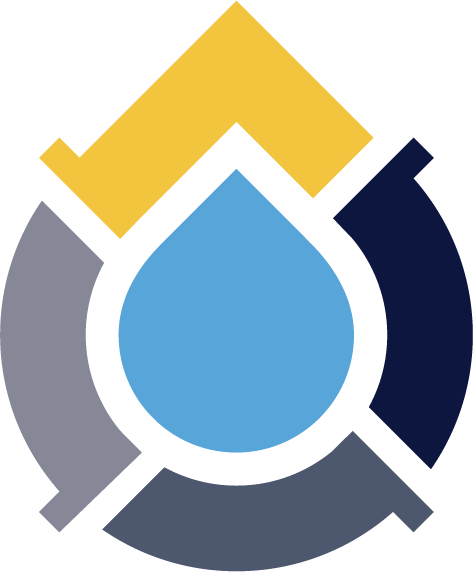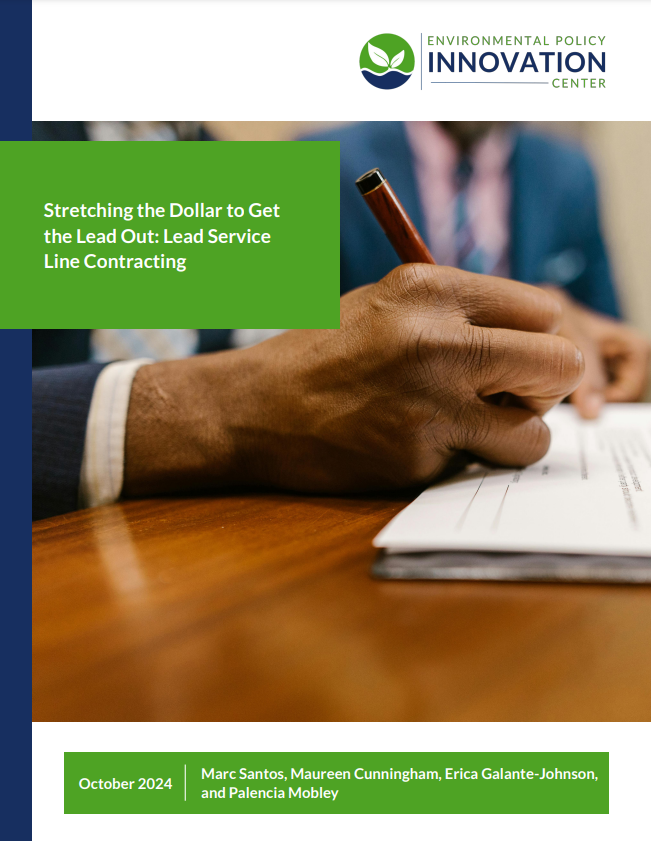
Accelerating Lead Service Line Replacement
Removing Lead From Water Systems, Faster
EPIC’s Lead Service Line Replacement Initiative bridges federal, state, and local contexts to accelerate faster replacement of all the nation’s lead service lines.
Did You Know?
What Drives Us
We work to accelerate the replacement of all harmful lead service lines by helping municipalities, utilities, state agencies, and community organizations access and implement best practices in policy, administrative practices, procurement solutions, and data management.
Why It Matters
No amount of lead is safe, yet thousands of communities across the country have lead service lines and need help finding and replacing them. With $15 billion in federal funding and additional support from states and private entities, we have a once-in-a-lifetime opportunity to replace them.
Improving government and utility policies and practices, and helping under-resourced communities navigate these projects quickly and efficiently, are essential to accelerate progress and protect public health.
Our Process
Lead service lines remain a major public health threat, and we are working to accelerate their replacement nationwide. Grounded in both research and on-the-ground practice, we develop tools, policy recommendations, and innovative approaches—spanning legal and regulatory reform, financing and contracting models, workforce development, and digital mapping solutions—that help governments and communities act faster.
Our experts analyze federal and state funding flows and regulatory frameworks to identify opportunities for smarter, more efficient investments. In close collaboration with EPIC’s Funding Navigator, we pair localized technical assistance with policy expertise to surface barriers, design responsive solutions, and ease financial burdens on local governments and residents.
By working alongside place-based partners, we also encourage procurement practices that strengthen local workforces and economies. Through practical guidance, innovative tools, and forward-looking insights into infrastructure finance and policy, we are helping utilities, municipalities, and state agencies move from planning to implementation—and bringing the nation closer to replacing all harmful lead service lines.
Featured Resources
The Lead Innovation Hub empowers users to take action by equipping them with the best information, solutions, and resources available to replace lead service lines and improve public health for all.








